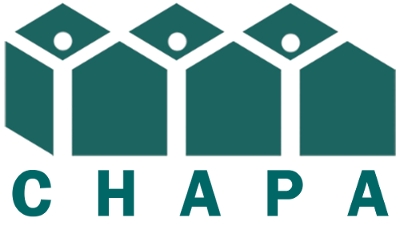Affordable housing development in suburban locales is often constrained by zoning and other municipal land-use restrictions. This article explores experiences in four states that have been recognized for exemplary interventions that address “exclusionary zoning.” Using quantitative and qualitative methods, the article examines overall production levels resulting from the specific program, the extent to which such production is occurring in locales with more White residents and more higher-income residents, and the levels of compliance with state-specified goals, where such goals exist. When possible, cross-state comparisons are provided. Although there are clear signs of progress, with municipalities increasing their affordable housing stocks and with some of this production occurring in locales that probably would not have developed such housing without such state (or county) intervention, the pace has been slow. A number of recommendations are offered for these and other states contemplating strategies to address exclusionary land-use practices.
